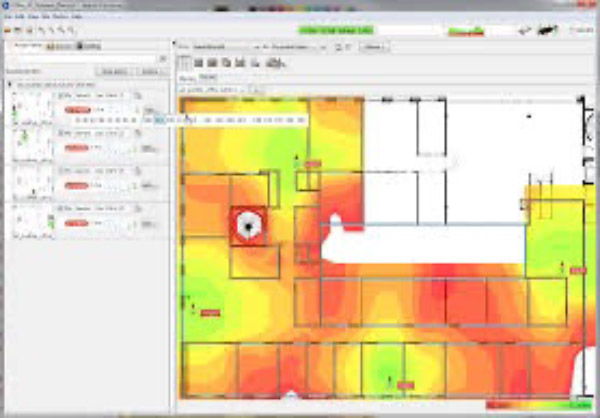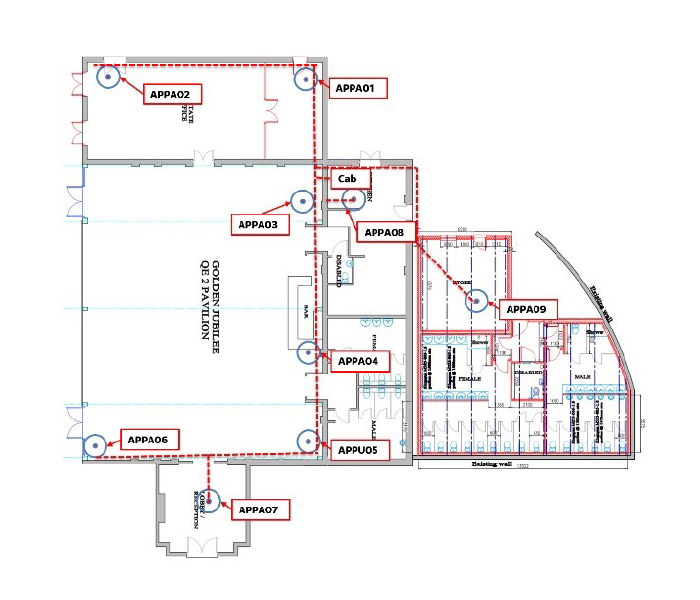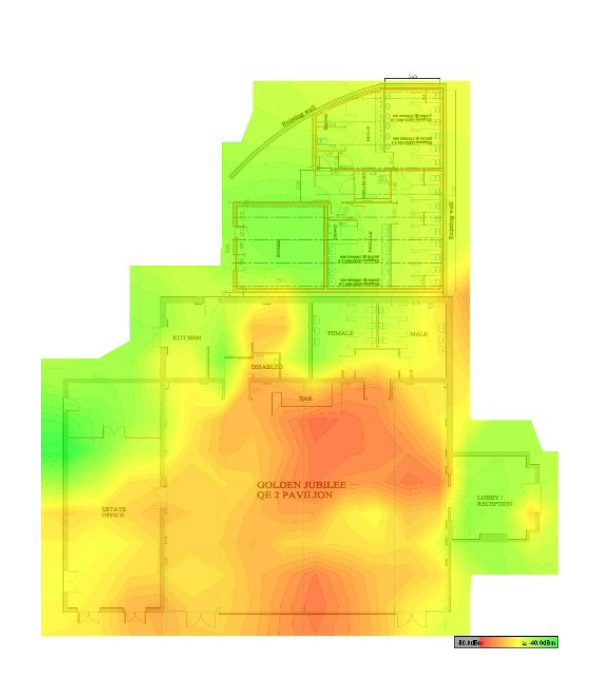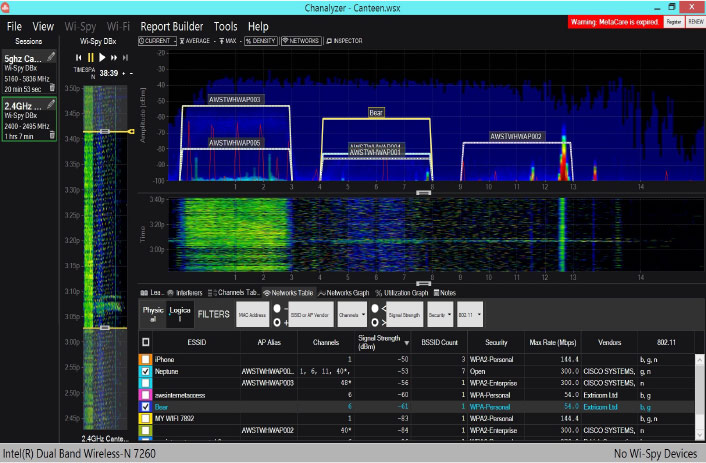
Empowered’s Wi-Fi Surveys
Empowered has extensive experience in conducting 11Mbps (802.11b), 54mb (802.11a, 802.11g, 802.11n, 802.11x and 802.11ac) and the latest generation 802.11ax wireless site surveys covering data, voice and RTLS/RFID requirements for the numerous manufacturers including Cisco / Meraki, HPE / Aruba Networks, Fortinet (Meru Networks), Juniper Mist, Aerohive, Motorola, Ruckus, Cambium (Xirrus) and Mojo Networks (Airtight).


Survey Types
For all surveys a comprehensive survey document is provided to the customer upon completion. The survey document details not only the coverage areas and required equipment, but also comprehensive data cabling requirements and where appropriate any associated electrical installation requirements.
Empowered utilises industry leading tools to undertake its wireless surveys from Ekahau (preferred) and AirMagnet; these tools can be used to undertake both full RF wireless surveys and for coverage checks of existing wireless networks.

There are multiple survey types dependent on the specific customer requirements, these are summarised as follows:

1. Predictive surveys (Desk-based)
- Location and RF characteristics of barriers, for example, walls or other attenuation areas
- Types of access points and antennas
- Frequency bands and channels to be used or explicitly to be avoided
- Usage characteristics (number of users, type of usage, type of user devices).

2. Passive pre-deployment survey (APoS)
AP on a stick site survey (APoS) is generally used for greenfield sites and is where the engineer emulates the existing APs in areas without real APs installed. The engineer turns on APoS at the predefined starting point in a particular area and performs a passive site survey by moving away from the APoS with a laptop that is running Ekahau Pro with an Ekahau Sidekick attached.
As the engineer moves away from the APoS, the Ekahau Pro identifies the point that is the most optimal position for a new AP to be installed. The engineer freezes that AP on the map and moves the APoS from its original position to the new position recommended by Ekahau. The engineer repeats the whole procedure until the entire area is surveyed.
An engineer can use a combination of APoS and a predictive site survey (hybrid survey), based on the assumption that the results will be as accurate as with the standard APoS only. In that case, the engineer is verifying the attenuation of walls and obstacles and adapting the values in Ekahau accordingly. Some installation points will be hard to predict due to a unique environment or architectural structure; in this case, verification is needed to ensure that the predicted radiation pattern matches the measured one.

3. Passive pre-deployment survey or Remediation Survey
This type of survey is common in environments where there are existing access points installed and the customer wants to supplement or improve its current RF coverage.
It is a combination of a passive post-deployment survey or validation survey and a predictive survey. First the engineer needs to perform a validation survey as well as generating a predictive model where access points can be moved, added or changed to meet the new requirements.

4. Passive post-deployment
survey or Validation Survey

5. Active post-deployment survey or Performance validation Survey
Wireless
Troubleshooting

An Empowered engineer will conduct the troubleshooting exercise using Ekahau Survey Pro tool together with a spectrum analyser such as Chanalyser using customer supplied site floor plans. The engineer will need access to theadministrative passwords of all relevant active wireless equipment to examine current configuration and software details in case of misconfiguration or incompatibly issues introduced following an upgrade etc. The original issue reported will be established and work will commence to rectify the fault.
Once the Wireless Troubleshooting is complete, a report detailing fault resolution, recommendations and concerns will be compiled. Any recommendations including S/W level upgrades, EOL hardware replacement, AP repositioning, Security Appliance requirement for BYOD etc. will be provided and can be presented to the customer.
The customer will be required to provide fault details and have completed the Pre-Site Survey Questionnaire (PSSQ) along with floor plans of the site.


